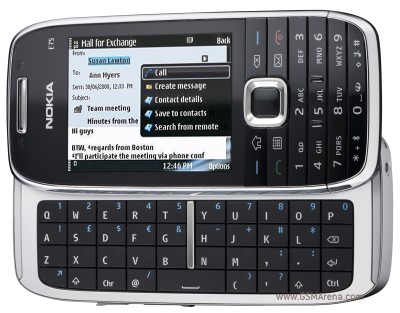
I don't have DsTV. I don't have a video store contract. What I do have however is an uncapped ADSL account,
a server hosted in the US and some clever systems that, combined, mean that a TV episode is downloaded to my house within hours of it airing in the US.
And I'm not unique or alone in this. Friends of mine who are not in IT do the same thing (except they have DsTV for Formula 1). My mother understands the concept (she is a
Brothers & Sisters addict), and in the medium term, this community will expand.
And thanks to
BitTorrent, users are relatively anonymous and are forced to contribute back to the network, thus ensuring content is almost always available in a highly resilient manner.
Knowing that you can watch what you want, when you want it, without ads, in higher quality than currently comercially (and legally) available, is cool. Personal collections are limited only to your storage capacity; an average movie is 800MB, and TV episode is 350MB.
And if you take the confluence of three trends (ceteris paribus), namely
- Bandwidth will get cheaper
- Access speeds will get faster
- People will find ways to break copy-protection and DRM
I wonder what the future is of the traditional broadcaster and advertising sector ?
Tools like the Multichoice PVR and
Slingbox, while technically excellent, still don't adjust the fundamentals;
- you can only record (and conversely playback) something that has happened
- its delayed by at least 3-6 months from its initial US airing
- the quality of the video is poor and there is not enough HD content airing
- I can't keep an extensive back catalogue
This logic applies equally to music and full-length feature movies. If I was
Primedia or
Multichoice, I'd be working frenetically on an online distribution model with a capable ISP rather than clinging onto a fundamentally dead business model.
For the geeksWhile not endorsing downloading content and robbing starving artists, I would imagine that a good media download environment would look like
For the real geeksDon't bother with the
Apple TV. Its cumbersome, doesn't work properly in SA, difficult to use, hasn't got enough horsepower to playback proper HD content and requires you to
crack it to get it to be halfway useful (e.g. playback of AVI files).
 As you might remember, a while ago I bought a Nokia E75.
As you might remember, a while ago I bought a Nokia E75.














